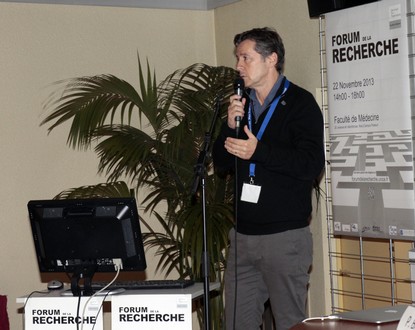The team of Professor Paul Hofman from the University Hospital Center of Nice, and the IRCAN Research Center, UMR CNRS 7284/Inserm Unit 1081, University of Nice Sophia, has just unveiled an extraordinary breakthrough in the field of early diagnosis of invasive lung cancers.
The study, recently published in the journal PLOS ONE, shows for the first time that it is possible to detect cancer signs in at-risk patients, in the form of circulating “sentinel” cancer cells, several months or even years before the cancer becomes detectable by a scan.
This alert plays a key role in the early timing of surgical intervention, thus aiming for the eradication of the cancer. It represents a significant step forward in modern medicine: predictive, personalized, and non-invasive.
Animal studies have clearly shown that invasive tumors shed cancer cells into the blood from the very early stages of their formation, when the tumors are not yet detectable by imaging.
The ability to detect these “sentinel” cells is considered a major advantage in the race against time for early detection and thus early treatment of cancer.
However, no study had yet been able to demonstrate such a possibility in humans for technical reasons.
Indeed, circulating cancer cells are extremely rare in the blood, highly heterogeneous and fragile, and difficult to extract without bias or loss.


